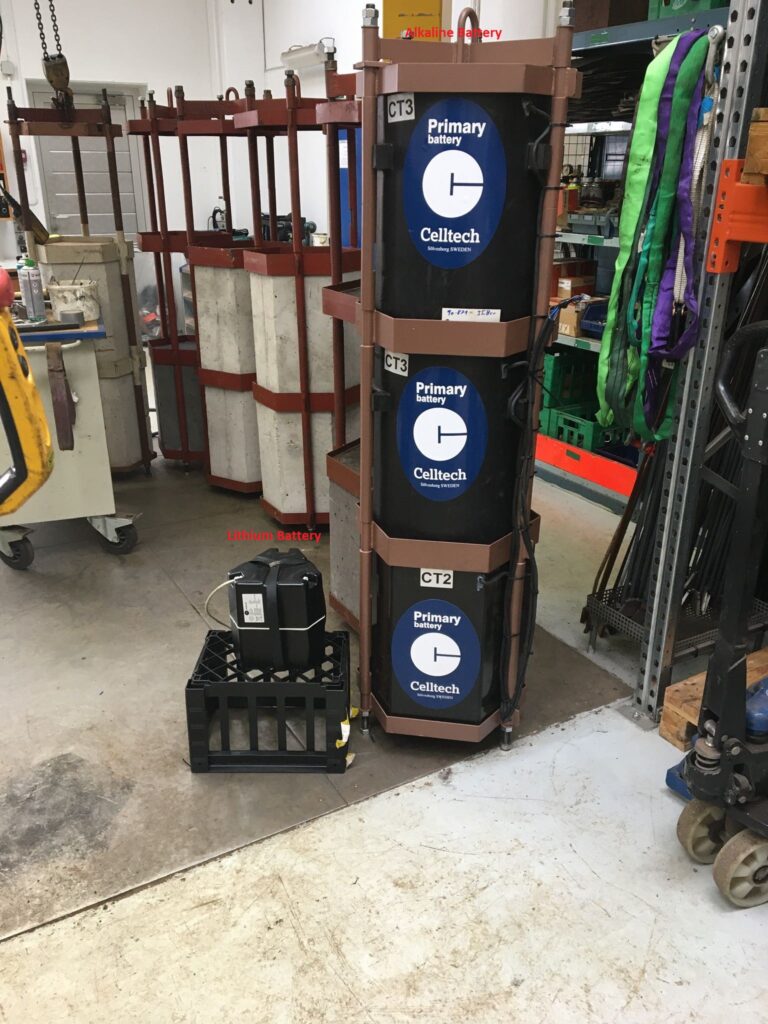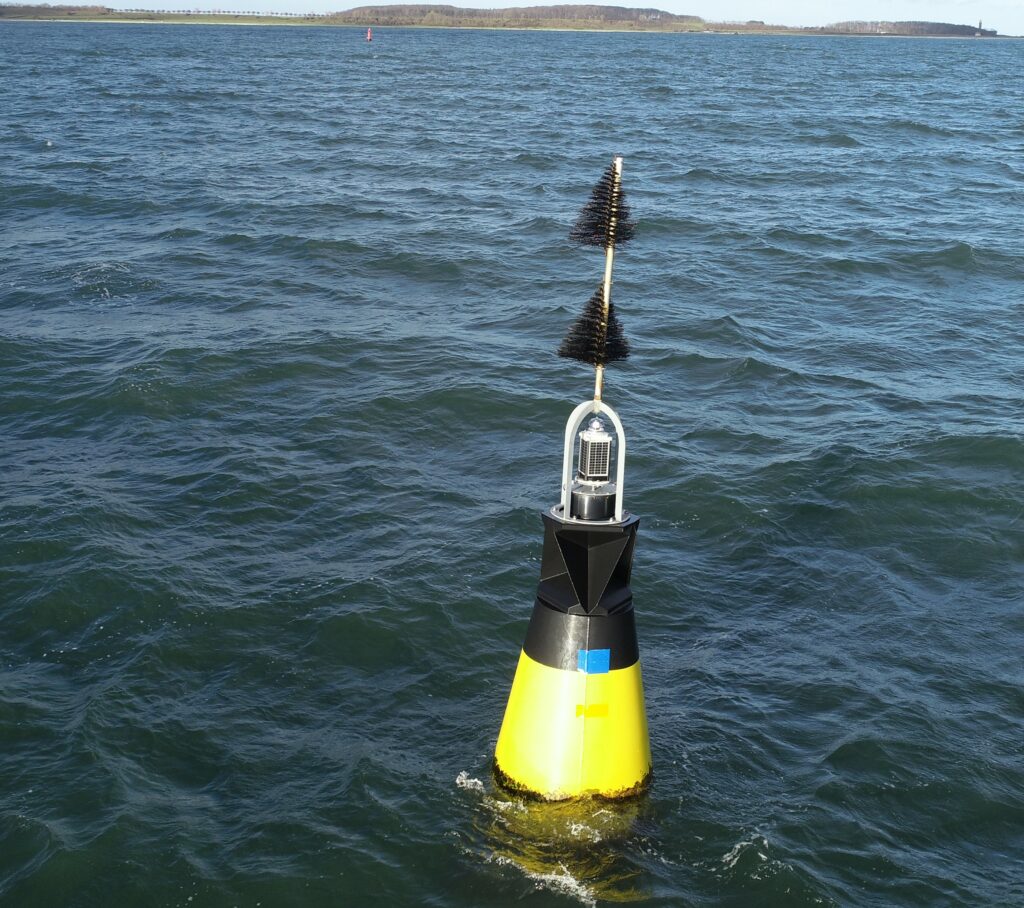Denmark
Greatly supported by the excellent cooperation within IALA, the Danish Maritime Authority (DMA) strives to develop and implement new methods and components in order to create increasingly more cost-effective and reliable aids to navigations (AtoN).
One striking result of this development is that it has reduced the number of buoy tenders operated by DMA from seven to one in 30 years.
For decades DMA has used primary alkaline batteries in AtoNs. This is a well-proven and reliable technology. However, the management and handling of the batteries is a time consuming and demanding process and the DMA alkaline set-up is at present a limitation to the lifespan at sea of a lighted buoy.
The DMA aims for a ten year life at sea for lighted steel buoys
After implementing a stronger and more reliable painting system on its steel buoys, the stipulated operational time for buoys at sea regarding painting is ten years, while the present alkaline set-up will only be able to supply the buoy for approximately seven years depending on the light character.
In an effort to optimize the power supply of the buoy further, the DMA is conducting trials with Li-Ion batteries. This aims at increasing the life at sea of lighted steel buoys from seven to ten years.
The advantage of Li-Ion cells is the relatively large capacity with less weight and volume compared with alkaline batteries and the ability to be charged. Small self-contained units including integrated solar panels and Li-Ion battery packs are used in the Danish trial. It seems that they can be protected against the harsh environment at sea, including the risk of icy conditions, due to their size.
Furthermore, it is reported that they are easy to handle due to their low weight. An additional advantage is that it is possible to replace the battery or the entire self-contained unit at sea, should needs be, making logistics and operation even more effective. Technology is also dramatically reducing the need for battery recycling.
In 2019 trials were initiated for a period of five years in order to have a reasonable long-term experience with Li-Ion technology. Trials were commenced with four buoys and an additional five buoys will be included in the trial in 2023 to broaden test records.
In order to handle the long and dark winters of Scandinavia, the set-up includes an autonomy of 45 days with a battery capacity of 135Ah at 14.5 V.
Lithium batteries are safe, but if treated incorrectly they can pose a risk including, for example, fire caused by high temperature, low and high voltage, physical impact and shocks. Once installed at sea, the risk of personal danger is minimal. On the buoy tender safety measures includes specific handling procedures and a customized fire safe storage box on the deck.
The results so far are promising; the theoretical charge of the batteries in the winter period corresponds with actual measured values. When the test trial of five charge cycles has been completed it can be assessed if the self-contained concept will meet the goal of a ten year life span.
The illustrations here show the buoy and the Li-Ion battery pack.


Rapporteur: Paul Ridgway

